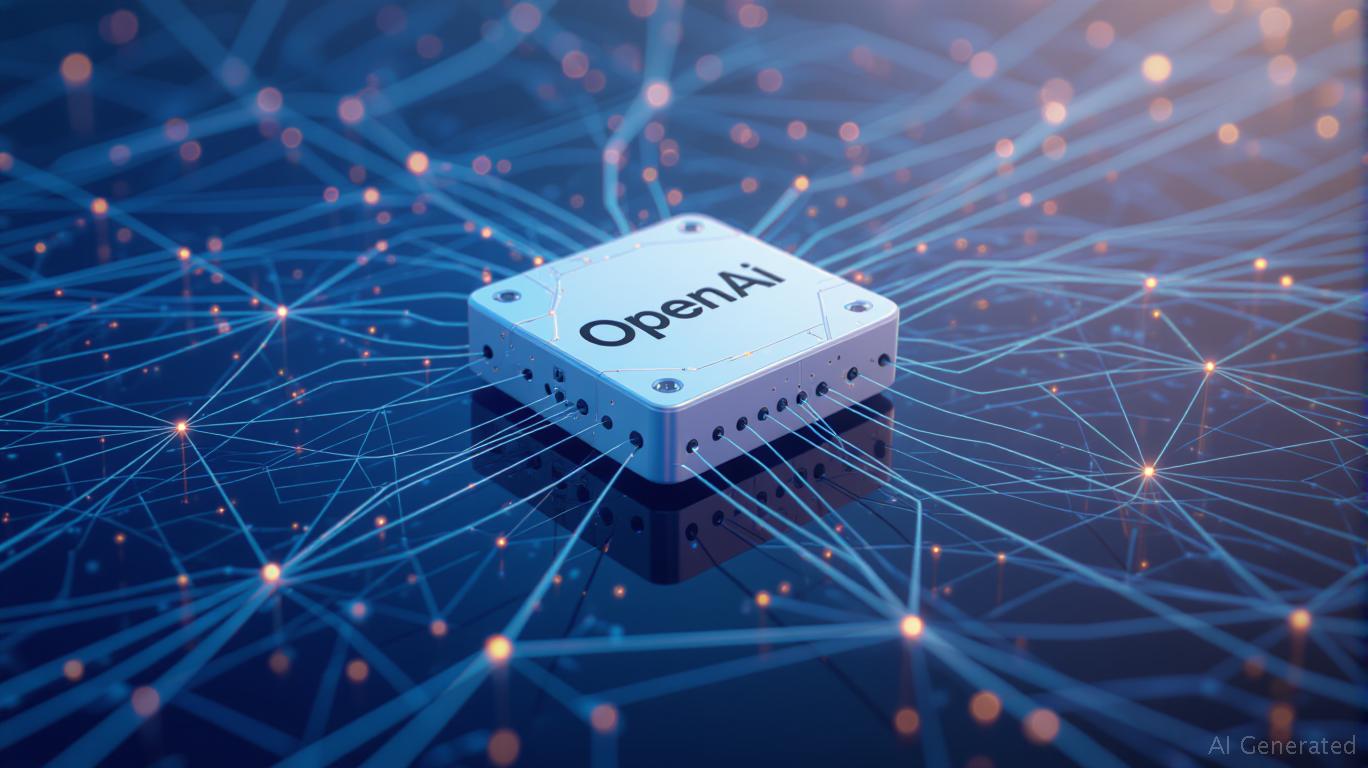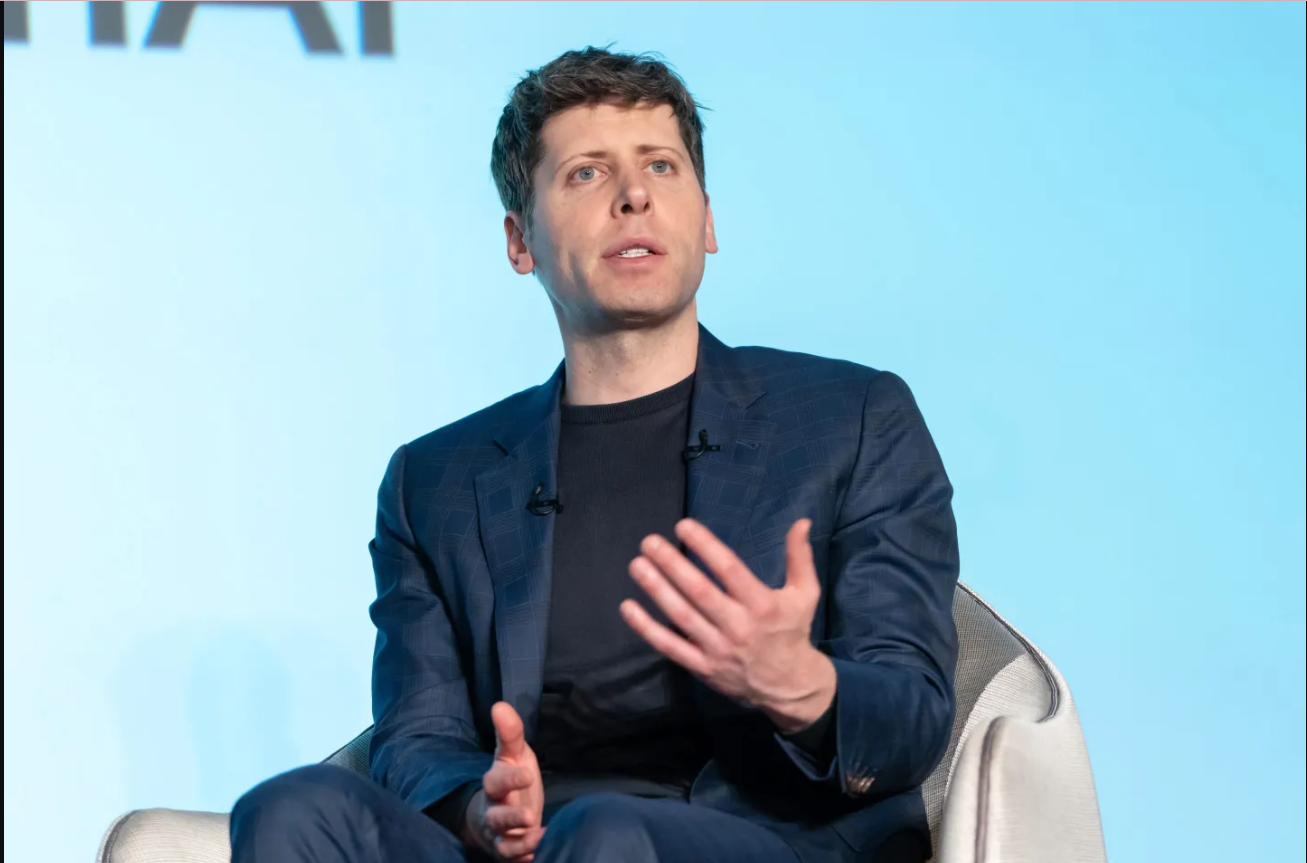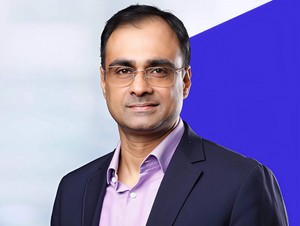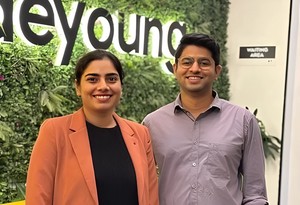In a surprising turn for developers and AI enthusiasts around the world, OpenAI has postponed the launch of its much anticipated open weight model. CEO Sam Altman confirmed the delay on X, explaining that the company requires more time to conduct deeper safety evaluations and examine high risk areas before making the model publicly available. The model, initially scheduled for release next week, now stands postponed indefinitely.

Altman’s message was straightforward but firm. Once weights are released, he explained, they cannot be pulled back. This irreversible nature of releasing an open weight model has prompted OpenAI to err on the side of caution. While the company maintains optimism about the innovations the community could build using the model, it is also highly aware of the potential consequences if things go wrong. “This is new for us and we want to get it right,” Altman stated in his post, while also apologizing to the community for the delay.
This is not the first time OpenAI has delayed this launch. A similar postponement was announced just a month ago. At that time, Altman hinted that the research team had made unexpected and impressive progress that warranted a little more development time. That delay, however, raised expectations, and many assumed the model would be ready by July. Today’s news has sparked a mix of understanding and frustration in the global AI community, especially as demand grows for transparent and customizable AI systems.
The stakes are high because open weight models are becoming a powerful new trend in AI. Unlike closed systems, open weight models allow developers more freedom to tinker, deploy, fine tune, and customize according to their unique needs. Global players like Meta with Llama, Alibaba with Qwen, and China’s DeepSeek have already made their models available in this format. These initiatives have generated widespread praise for empowering developers and enabling greater experimentation, particularly in the enterprise world.
OpenAI, despite being one of the most influential names in artificial intelligence, has largely kept its technology behind closed doors. This approach attracted increasing criticism over time. Earlier this year, Altman acknowledged the criticism and admitted that OpenAI had been on the wrong side of the open source movement. He also assured the community that OpenAI was committed to developing an open weight model that could match or exceed current benchmarks, especially in reasoning capabilities.

With this second delay, however, some users are beginning to question the roadmap. Altman’s statement makes it clear that safety is the top priority. But there is also an underlying acknowledgment that once this model is out, it becomes part of a landscape that OpenAI cannot entirely control. That’s the very nature of open weights they are tools that can do both good and harm depending on who uses them and how.
Despite the disappointment, there is still immense curiosity about what OpenAI has built and how it might compare to other open weight models already in the wild. If early hints from Altman are any indication, this could be one of the most powerful and versatile open models yet, which only raises the stakes for ensuring it is responsibly released.
Until then, all eyes remain on OpenAI as the tech world waits to see not just what the model can do, but how the company plans to balance transparency with safety in the long run.
For updates on OpenAI’s releases and the future of AI tools, follow Tech Moves on Instagram and Facebook.














